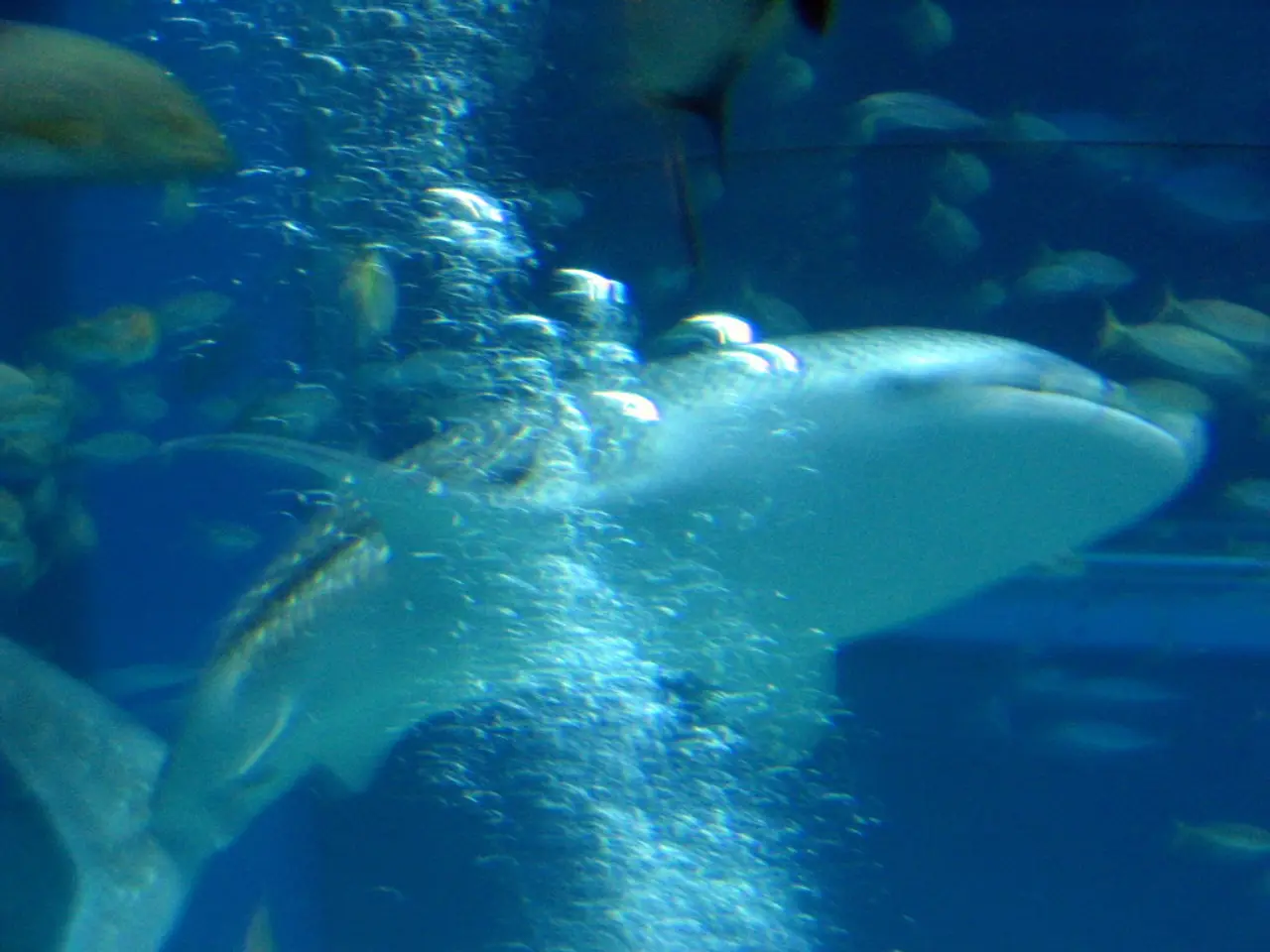Shark research continues half a century post 'Jaws' release
In 1975, the release of the iconic film "Jaws" sent ripples through the world, shaping public perception and scientific interest in sharks in ways that are still felt today. The movie, with its portrayal of great white sharks as man-eating monsters, had a profound and complex influence on the study and understanding of these apex predators.
Negative Impact on Public Perception and Shark Hunting -------------------------------------------------------
The film's sensational portrayal of sharks led to an increase in fear and, consequently, shark hunting. This fear manifested in shark-killing tournaments, particularly on the US east coast, contributing to a significant decline in large shark populations. Estimates suggest that shark populations dropped by half in some areas following the film's release. The film's negative image painted sharks as ruthless "serial killers," making conservation efforts more challenging.
Positive Outcomes for Scientific Engagement and Conservation --------------------------------------------------------------
Despite the negative image, "Jaws" also inspired a fascination with sharks. The character Matt Hooper, a marine biologist and lead hero in the film, was influential in encouraging a generation of scientists interested in sharks. Peter Benchley, the author of the "Jaws" book, later dedicated his life to shark conservation, raising awareness and fighting sensationalism about shark attacks.
The film helped launch a new era in shark study, accelerating technological advances and funding efforts to better understand sharks, especially white sharks—among the best-studied shark species today due to their notoriety and the public’s interest in them.
Advancement in Understanding Shark Behavior ---------------------------------------------
Prior to "Jaws," little scientific knowledge about shark behavior was widely known. Since then, researchers have uncovered that sharks are complex creatures exhibiting behaviors like long-distance migration, social networking, and unique mating behaviors, contrasting sharply with the film’s simplistic and terrifying portrayal. This demystification has been key to improving conservation approaches and public support for protective measures.
Conservation Policy Influence ------------------------------
Starting in the 1990s, protection efforts increased for great white sharks, catalyzed partly by the public interest stirred by the film and ensuing research. This helped kick-start the global shark conservation movement, which has expanded efforts to protect many shark and ray species.
In the Lab and Out in the Field -------------------------------
Greg Skomal, a shark biologist for Massachusetts Marine Fisheries, has wanted to study white sharks since becoming a marine biologist. He and his team studied white sharks in the Atlantic by tagging individuals and tracking their movements. Chris Lowe, who now leads the Shark Lab at California State Long Beach, was inspired to become a shark scientist after watching the character of marine biologist Matt Hooper in "Jaws." Today, biologists have identified over 500 shark species, with the great white shark being the most closely studied species due to research.
One of the pioneers of shark science was Don Nelson, Lowe's predecessor and founder of the Shark Lab. Tobey Curtis, a shark scientist at the National Oceanic and Atmospheric Administration, credited the white shark for being a gateway into shark science. Dave Ebert, a shark scientist at San Jose State University, was inspired to study sharks after seeing "Jaws" in 1975. Ebert has since discovered more than 50 shark species all over the world.
Recent Developments --------------------
In 2018, a man was killed by a white shark off Cape Cod, the first fatality there since 1936. This tragic event underscores the need for continued research and conservation efforts. In 2018, scientists also confirmed the existence of a white shark nursery in the New York Bight, just off Long Island.
The legacy of "Jaws" is a complex blend of fear and fascination that continues to shape shark study today. While the film may have initially perpetuated negative stereotypes, it also sparked an interest in shark science and research, leading to a generation or more of researchers studying these magnificent creatures. As our understanding of sharks continues to grow, so too does our respect for these awe-inspiring animals.
- The increased public fear induced by "Jaws" resulted in an escalation of shark hunting, particularly through shark-killing tournaments, contributing to a sharp decline in shark populations.
- Inspired by the marine biologist character in "Jaws", the film encouraged a generation of scientists interested in shark research, such as Peter Benchley who later dedicated his life to shark conservation.
- "Jaws" marked the beginning of a new era in shark study, accelerating technological advancements and funding for research, especially on white sharks, one of the best-studied shark species today.
- Over time, scientists have uncovered that sharks exhibit complex behaviors like migration, social networking, and unique mating patterns, contrasting the simplistic and terrifying portrayal in "Jaws".
- The film's negative image and the subsequent public interest have influenced conservation policy, leading to increased protection efforts, particularly for great white sharks, and kick-starting the global shark conservation movement.




